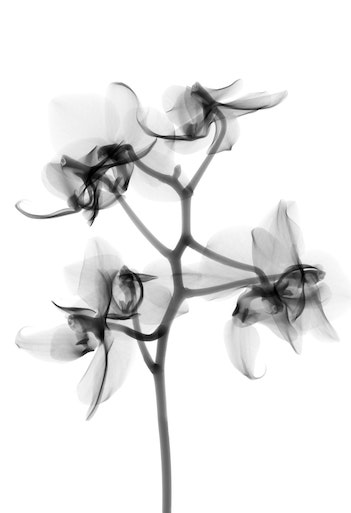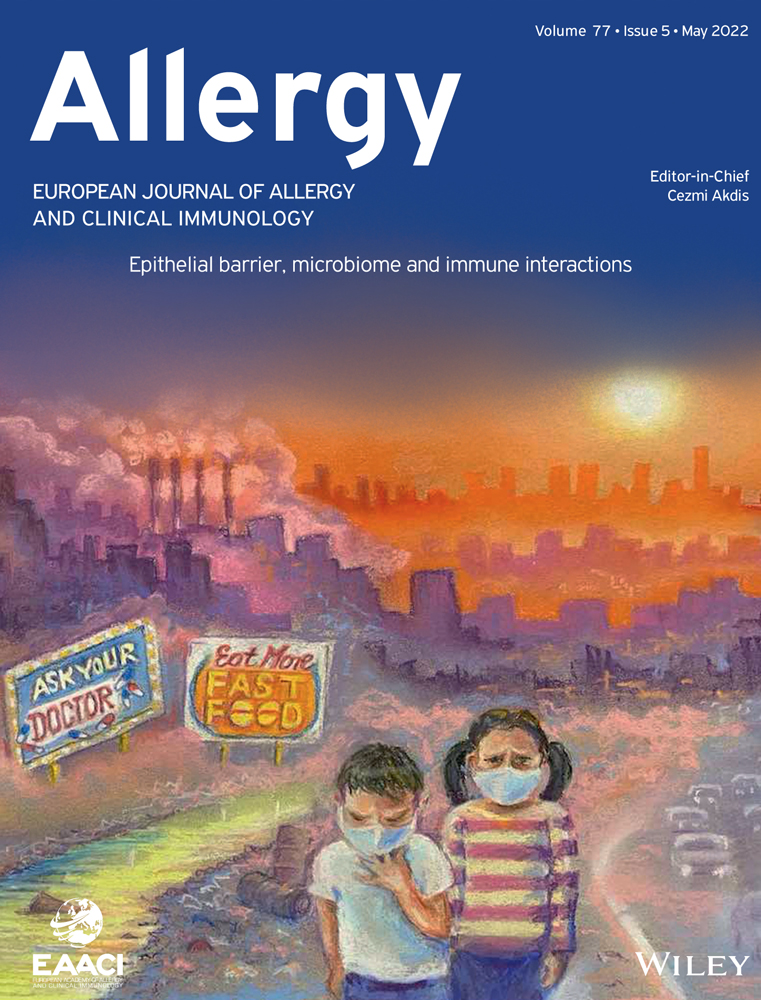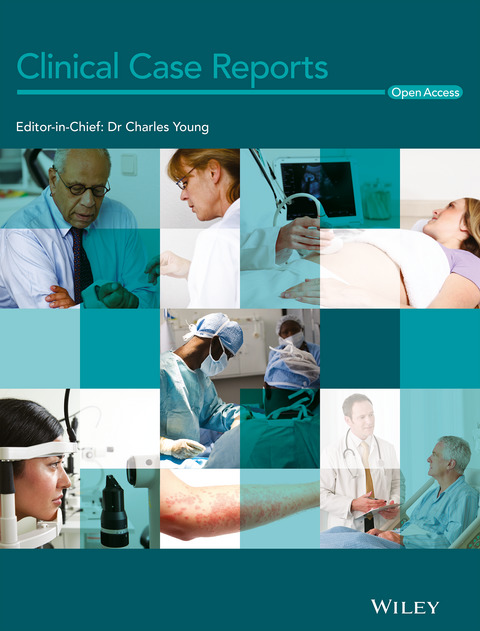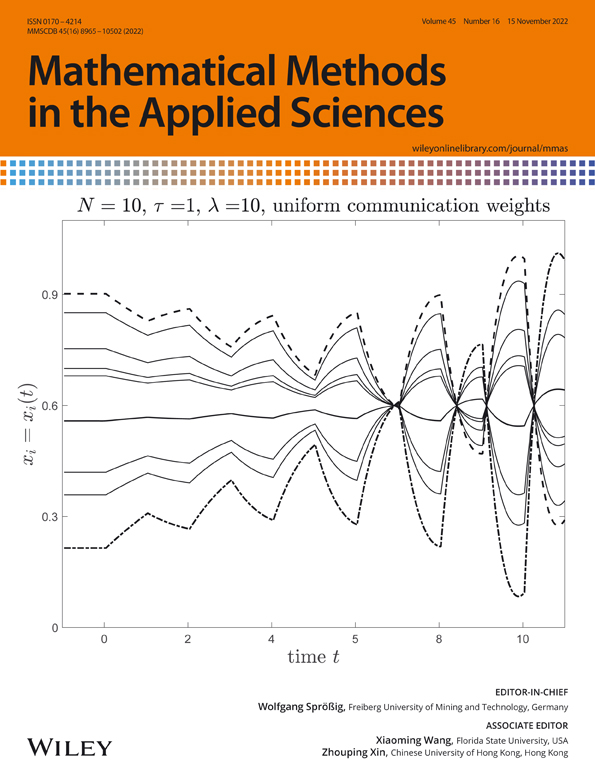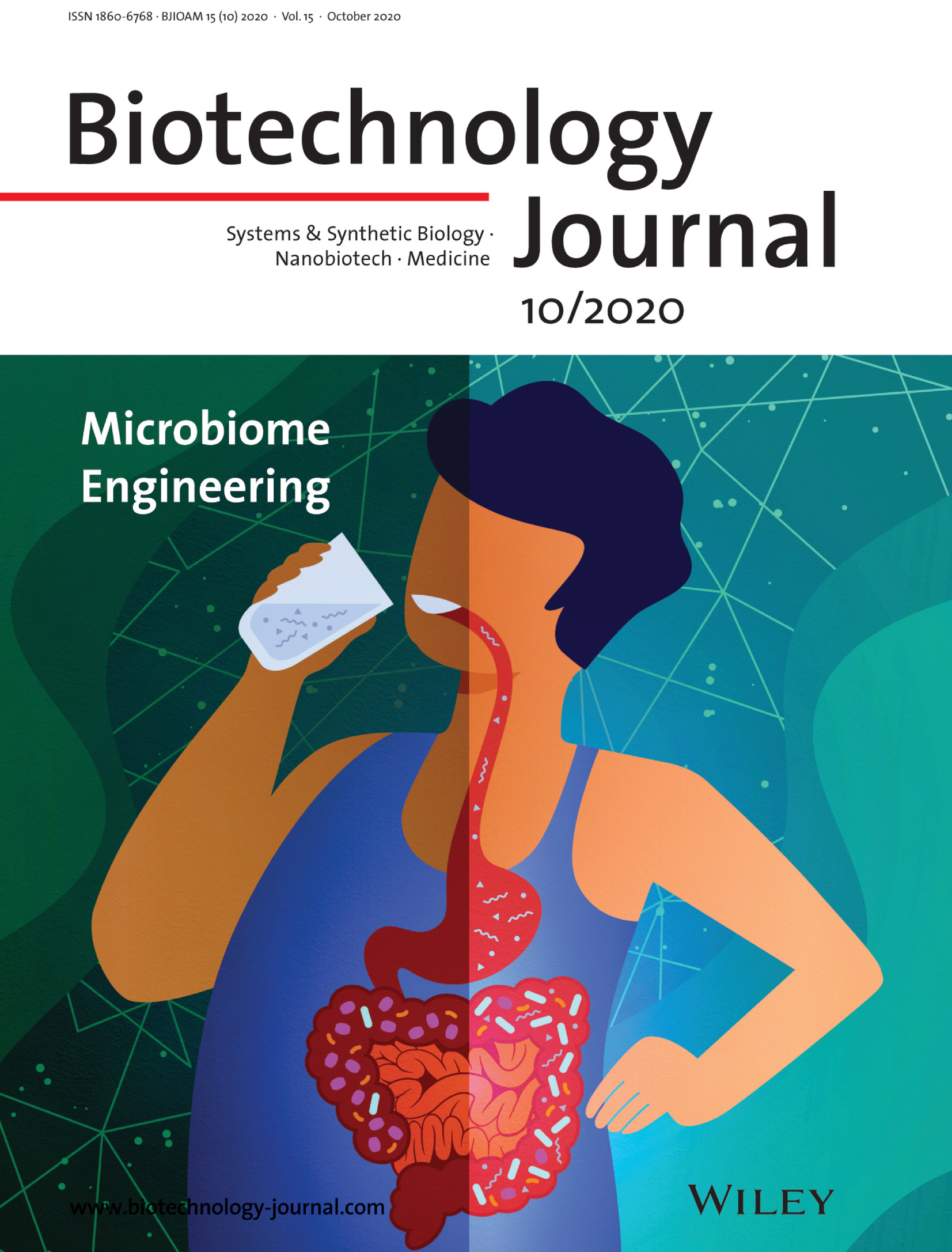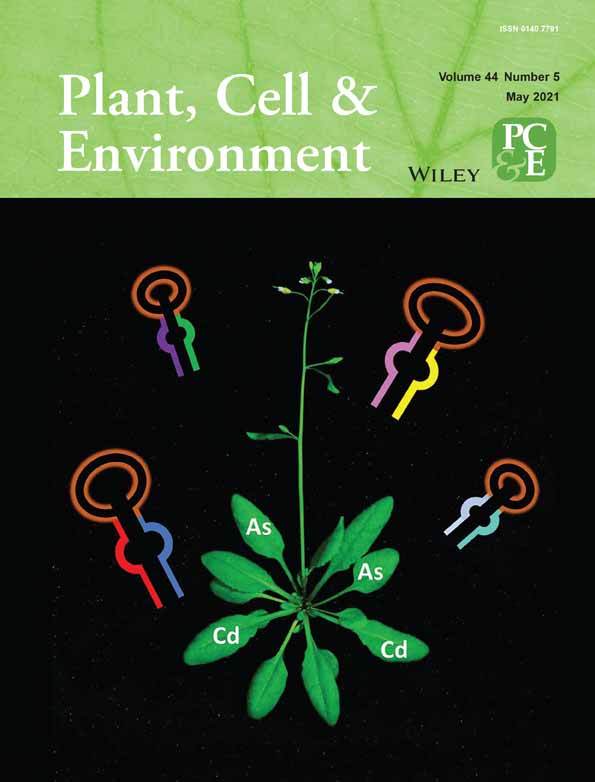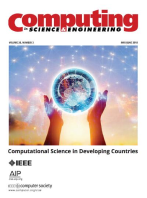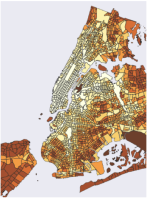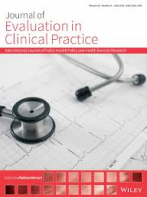Massive malignant phyllodes tumor accompanied by anemia and ulceration in the breast: A case reportAttention:Written informed consent was obtained from the patient to publish this report in accordance with the journal’s patient consent policy.[Abstract] Large malignant breast phyllodes tumors are uncommon in clinical settings. Here, we report such a case to provide a reference for clinical work. A 48-year-old woman discovered a lump in her right breast, which eventually grew to 25 cm by 10 cm and began to rapidly bleed and ulcerate within 3 months. The patient had visible signs of anemia and significant emaciation as a result of the tumor’s wasting effect and the protracted course of the disease. The patient underwent modified radical mastectomy on the right breast. The pathology results obtained after surgery revealed a malignant phyllodes tumor. No adjuvant therapy, such as chemotherapy or radiation, was administered. The patient had no symptoms of tumor recurrence and complications from the surgery after a follow-up of 9 months.[Keywords] Breast cancer; Malignant phyllodes tumor; Diagnosis; Complications; Pathology1.IntroductionPhyllodes tumors of the breast (PTB), formerly known as ”cystosarcoma phyllodes,” are relatively rare in clinical practice, and they account for 0.3%–1% of breast tumors[1]. According to the histological features, the World Health Organization currently divides PTB into three categories, namely benign, borderline (also known as low-grade malignant PTB), and malignant (also known as high-grade malignant PTB)[2]. PTB rarely affects men, and typically affects women between 40 and 50 years of age[3]. In most cases, the clinical signs are unilateral, typically exhibited as a painless mass, and there may be a history of quick growth.The high-risk factors and pathogenesis of PTB are currently unclear. There are hypotheses suggesting that PTB originates from fibroadenomas, but there is still a significant debate[4]. High estrogen status may also be an independent pathogenic factor for PTB[5]. This tumor is a fibroepithelial tumor that contains both stromal and epithelial components. Reduction of the epithelial component is associated with greater malignancy. The characteristics of phyllodes tumors are composed of proliferative stroma accompanied by elongated fissure-like gaps, with the surface of the gaps covered by epithelium. Chromosomal changes are associated with the malignant phenotype of PTB. In borderline and malignant PTB, chromosome 1q amplification is common, and as the degree of amplification increases, malignant behavior increases[6, 7].Phyllodial breast tumors are generally rare, however, their incidence rates have increased in recent years. The clinical manifestations of phyllodial tumors lack specific characteristics but include insidious onset, slow progression, a long medical history, and the main manifestation being rapid growth of painless masses in the affected breast. These characteristics make it difficult to determine the nature of phyllodial tumors without surgery. In the present study, we report a case of a giant malignant phyllodial tumor and emphasize the importance of ”detect, diagnose, and treat early” to avoid serious complications.Case presentation 2.1 Background of the caseA 48-year-old woman with a right breast tumor was admitted to the hospital on February 2, 2023. Six years ago, the patient discovered the tumor in her right breast by chance. The tumor was left untreated and showed no signs of redness, swelling, pain, or ulceration. Three months ago, following a COVID-19 infection, the right breast’s lump rapidly grew, accompanied by bleeding and ulceration but without purulent secretion.2.2 Physical examination and laboratory testsPhysical examination of the patient revealed pale nail beds on both hands, pale eyes, and an anemic face. The skin in the right breast’s lateral quadrant was pigmented, with surface ulceration and bleeding, and the right breast was noticeably bigger than the left one. The left breast showed no signs of skin redness, swelling, nipple depression, dimples, or orange peel sign. The right breast was noticeably enlarged, and the tumor measuring roughly 25 cm by 10 cm protruded from the skin (Figures 1 and 2). The left breast did not have any discernible bulk. There were no swollen lymph nodes palpable in the bilateral supraclavicular area or left armpit, but there was a lymph node measuring roughly 2 cm by 1 cm in the right armpit. Ultrasound examination revealed a mixed echogenic mass of approximately 20 cm by 5.2 cm in the right breast. Blood flow signals were present within the bulk, and the boundary was clearly defined despite the uneven shape. In addition, ultrasound indicated hyperplastic alterations in the left breast. The left axillary region did not appear to have any noticeable anomalous lymph nodes. The right armpit revealed many lymph nodes, and the largest one was 1.6 cm by 0.6 cm in size and had a thicker cortex compared with the normal cortex. Ultrasonography of the right breast tumor indicated that the lesion was BI-RADS4 class 4b (Figure 3). Positron emission tomography–computed tomography (PET-CT) was also performed, and the right breast mass could not be ruled out as a phyllodes tumor with malignant transformation due to (1) its heterogeneous metabolism and mixed density; (2) elevated metabolism of lymph nodes situated in the right axilla and behind the pectoralis major and minor muscles, possibly suggesting the presence of metastasis; (3) slight inflammation in the upper and lower lobes of both lungs; an inflammatory small nodule in the upper lobe of the right lung; localized emphysema in the upper lobe of the right lung; and anemia. Puncture pathology of the right breast fibroepithelial tumor did not show any conclusive indications of malignancy. Because fibroepithelial tumors are heterogeneous and biopsy tissue is limited, it is important to integrate clinical information and, if necessary, perform full lesion resection. Owing to the tumor’s massive size and ulceration, the patient’s blood routine test revealed mild anemia (hemoglobin, 75 g/L) and infection (white blood cell count, 13.68×109/L). Hemoglobin level reached 99 g/L following a 400 mL leukocyte-free suspended red blood cell transfusion and using cephalosporin drugs to treat inflammation.2.3 TreatmentPreoperative diagnosis was a right breast phyllodes tumor (high likelihood of malignancy), and right axillary lymph node metastasis was highly probable. A modified radical mastectomy of the right breast was carried out (Figure 4). About 40 mL of blood was lost during the successful procedure.General morphology of surgical specimens: There was a large lobulated mass in the breast tissue (22 cm × 21 cm × 7.5 cm), with a solid and tough cut surface. The total volume of the breast and axilla measured 24 cm × 23 cm × 8 cm; the area of the spindle skin measured 24 cm × 17 cm; and the diameter of the nipple was 1.8 cm. The breast did not contain any normal glands. The tumor was located 0.1 cm from the superficial fascia. Locally, the tumor affected the skin. A single adipose tissue mass of 8 cm × 7 cm × 2 cm was discovered, and 25 lymph nodes with a diameter of 0.3–2 cm were palpable inside the mass. Microscopic examination (Figure 5) showed a 22 cm × 21 cm × 7.5 cm malignant phyllodes tumor in the right breast. Low-grade fibrosarcoma, characterized by localized ossification, intrusion into the duct to generate papilloma-like morphology, and myofibroblastic differentiation, constituted the sarcoma component. The tumor lacked a distinct capsule, most of which exhibit expansion and progressive growth, local skin invasion, and formation of skin ulcers. The tumor cells showed a wide range of morphologies, including myxoid, sparse, dense, and collagenized cells, and presented mild to severe atypia. Mitotic figures were found in 1–7/10 HPFs. No tumor metastases were found in the axillary lymph nodes, and there was no tumor infiltration of the papillary or superficial fascia (0/25). The postoperative pathological(Figure 6) diagnosis was a malignant breast phyllodes tumor. Immunohistochemistry: -3: CK5/6(−), CKpan(−), SATB2(+), ER(−); -8: Ki-67 (+20%), β-catenin (membrane +), CKpan (−), CD34 (+), CD31 (blood vessels +); -11: Ki-67 (+10% to 20%), Desmin (−), Calponin (foci+), S-100 (−), β-catenin (membrane +).2.4 Outcome and follow-upAfter surgery, the patient made a full recovery. Half a month after the operation, hemoglobin level improved (92 g/L), and no adjuvant therapy, such as chemotherapy or radiation, was administered. At a follow-up 9 months after surgery, the patient has not experienced any associated problems or indications of tumor recurrence thus far.
